Calculating Crosswinds & Headwinds
Understanding wind dynamics is essential for pilots to ensure safe and efficient flight operations. The Clock Code method provides a practical approach to calculating crosswinds, headwinds, and tailwinds, aiding in decision-making during critical phases of flight. Let’s explore how to apply this technique in different scenarios.
1. Crosswind Calculation:
Crosswinds occur when the wind direction deviates from the aircraft’s heading. To determine the crosswind component:
- Identify the angle between the wind direction and your heading.
- Use the Clock Code:
- 15° off heading equals ¼ of the wind speed.
- 30° off heading equals ½ of the wind speed.
- 45° off heading equals ¾ of the wind speed.
- 60° or more off heading equals the full wind speed.
Example:
Wind: 045° at 20 knots
Heading: Runway 09
Crosswind Calculation: ¾ of 20 knots = 15 knots
2. Drift Angle Calculation:
Drift angle measures the deviation from the intended flight path due to wind. Follow these steps:
- Determine the angle between the wind direction and your heading.
- Apply the Clock Code to estimate the drift, considering the maximum drift for your true airspeed (TAS).
Example:
Wind: 045° at 20 knots
Heading: 090°
Drift Calculation: Approximately 10°
3. Headwind or Tailwind Calculation:
Headwinds or tailwinds affect groundspeed and aircraft performance. Here’s how to calculate them:
- Determine the angle between a direct crosswind and the actual wind direction.
- Use the Clock Code to determine headwind or tailwind component.
- Add tailwind or subtract headwind from TAS to obtain groundspeed.
Example:
Wind: 170° at 20 knots
Heading: 320°
Groundspeed Calculation: TAS (90 knots) + Tailwind (20 knots) = 110 knots
Additional Considerations:
- Tailwinds during take-off or landing increase groundspeed, impacting required distances.
- Crosswinds necessitate aircraft control adjustments during flight maneuvers.
- Understanding wind effects enhances flight planning, fuel management, and situational awareness.
By mastering the Clock Code technique, pilots can efficiently manage wind-related challenges, ensuring safer and more efficient flights.
























